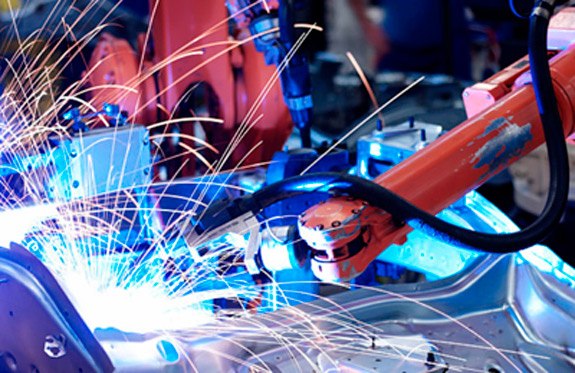In the dynamic landscape of industrial processes, efficiency is paramount. From manufacturing plants to data centers, maintaining optimal temperatures is crucial for the smooth operation of equipment and the overall productivity of the facility. Traditional thermostats have been the go-to solution, but a new player has entered the scene – map thermostats. In this blog post, we'll explore the revolutionary impact of map thermostats on industrial cooling systems and how they are changing the game.
Map thermostat leverages advanced mapping technology to provide precise temperature control within industrial environments. Unlike conventional thermostats that operate based on general temperature settings, map thermostats analyze and map the temperature distribution across the entire facility. This precision allows for a more targeted and efficient cooling strategy, ensuring that each area receives the exact cooling it requires, minimizing energy wastage.
One of the key features that set map thermostats apart is their ability to adapt. Using sophisticated learning algorithms, these thermostats continuously analyze data on temperature variations, equipment usage patterns, and environmental factors. Over time, they learn to predict and optimize cooling requirements, making real-time adjustments to ensure that the thermostat engine cooling system operates at its peak efficiency. This adaptive learning capability leads to energy savings and reduced operational costs in the long run.
Map thermostats introduce the concept of smart zoning, dividing the industrial facility into distinct zones based on temperature needs. By creating customized temperature zones, these thermostats can independently control the cooling output for each area. This not only maximizes efficiency but also allows for more flexibility in adapting to changing operational demands. For example, high-heat production areas can receive increased cooling, while less active zones can operate with reduced energy consumption.
Efficiency in industrial cooling not only translates to cost savings but also aligns with sustainability goals. Map thermostats contribute to environmental conservation by minimizing energy consumption and reducing carbon footprints. The precise temperature control ensures that cooling systems operate only when and where needed, promoting a greener approach to industrial processes.
Map thermostats are ushering in a new era of efficiency for industrial cooling systems. With their precision mapping, adaptive learning algorithms, smart zoning, real-time monitoring, and remote management capabilities, these innovative devices are transforming the way industries approach temperature control. As the demand for sustainability and energy efficiency continues to grow, map thermostats represent a pivotal solution for industrial facilities seeking to optimize their cooling processes and contribute to a more sustainable future.
